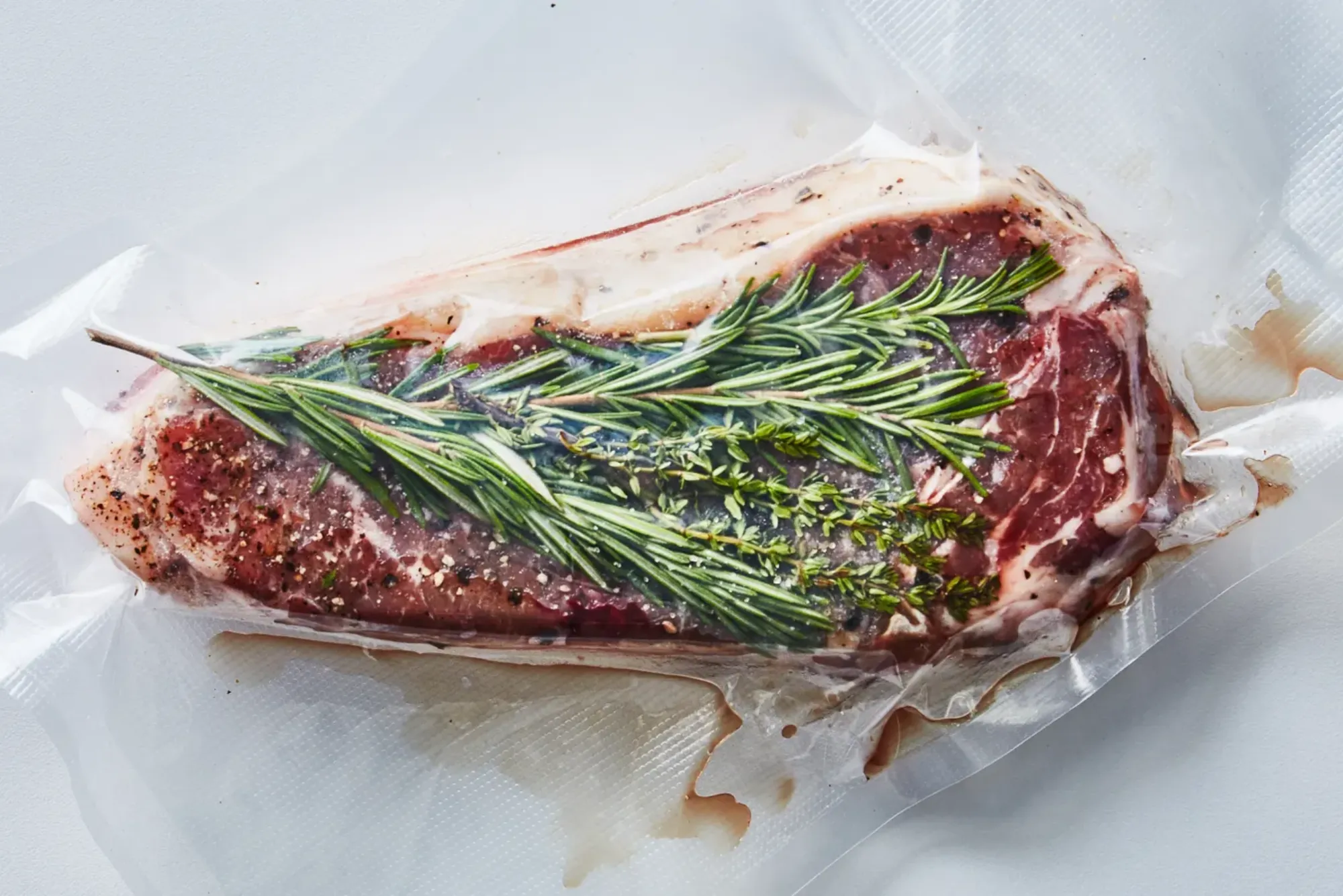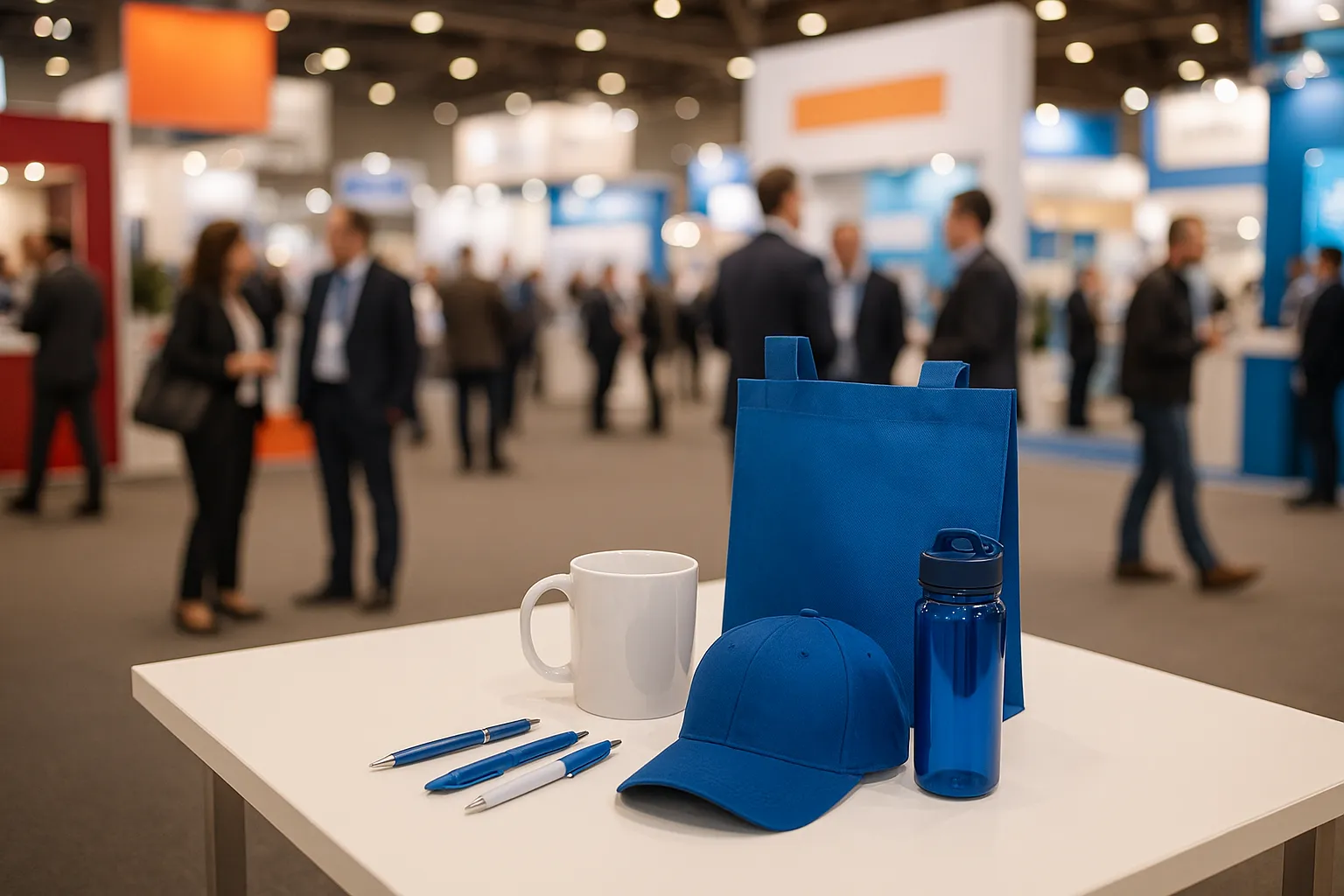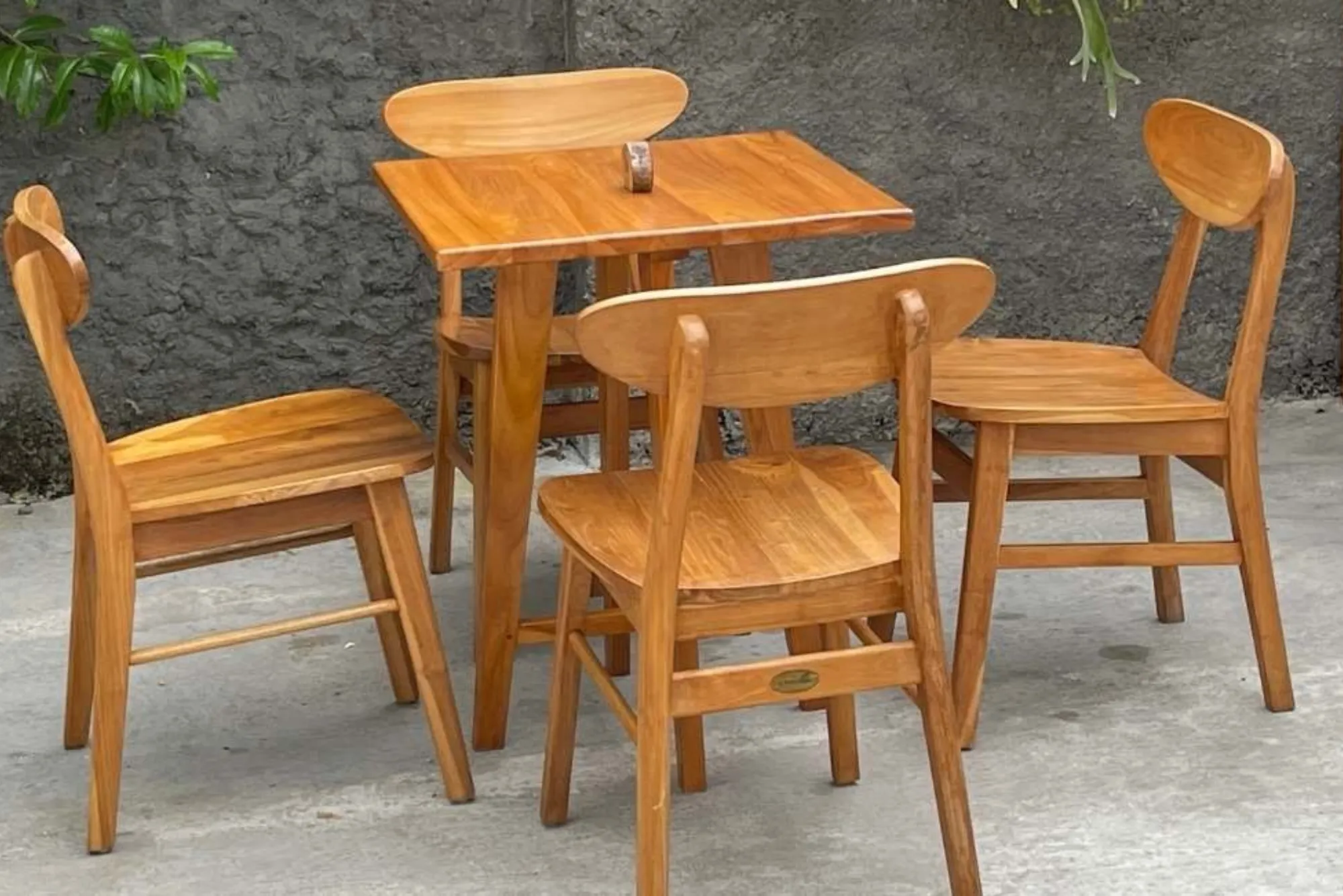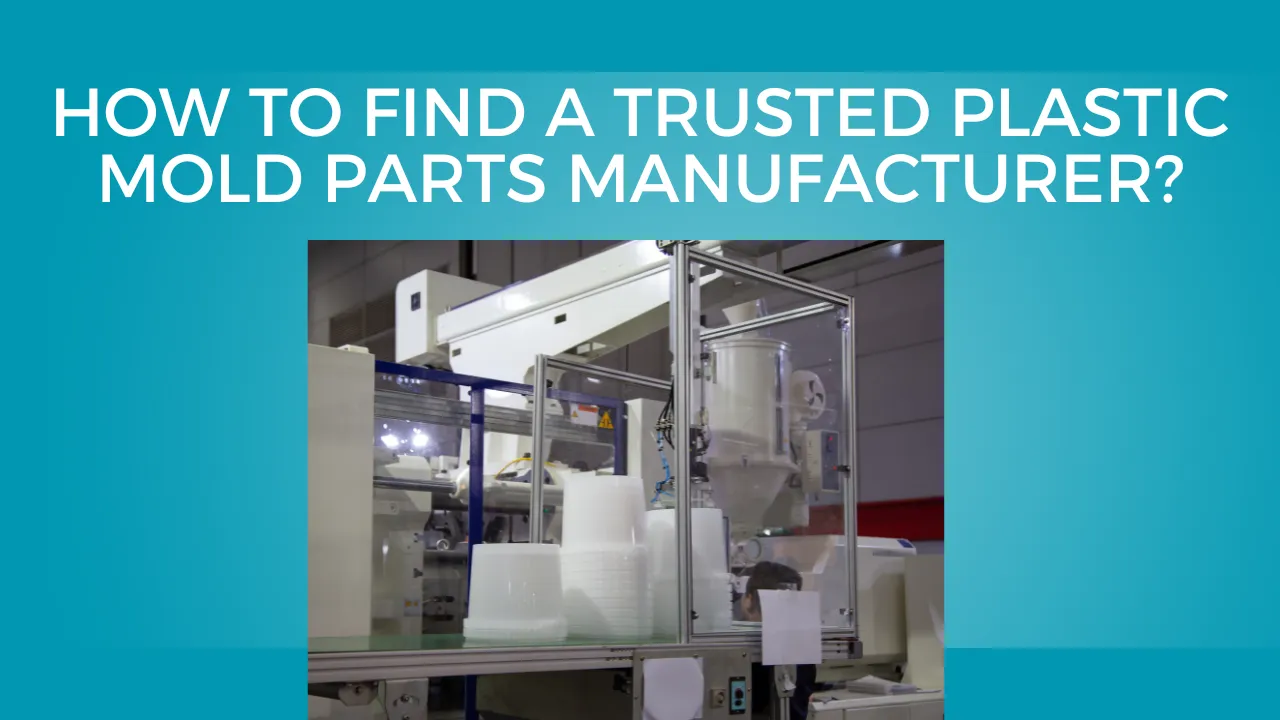Sous vide, which translates to “under vacuum” in French, is a cooking technique that involves sealing food in airtight bags and immersing it in a water bath at a precise temperature. This method allows for consistent cooking and the preservation of flavor and nutrients. Originally developed in the 1970s for commercial kitchens, sous vide has gained popularity among home cooks due to its simplicity and reliability.
How Sous Vide Works
The sous vide process revolves around the science of temperature control. By cooking food at lower temperatures for extended periods, you can achieve perfect doneness without the risk of overcooking. The key equipment for sous vide cooking includes immersion circulators, vacuum sealers, and specially designed bags.
Benefits of Sous Vide Cooking
Flavor Enhancement: Sous vide locks in moisture and flavors, resulting in tender and juicy dishes.
Consistency: With precise temperature control, every dish can be cooked to perfection, eliminating guesswork.
Nutritional Retention: The vacuum-sealed environment helps preserve nutrients that may be lost in traditional cooking methods.
Sous Vide Cooking Techniques
Step-by-Step Guide
Prepare Ingredients: Season your food and place it in a vacuum-sealable bag.
Seal the Bag: Use a vacuum sealer to remove air from the bag and seal it tightly.
Set the Temperature: Fill a pot or container with water, attach the immersion circulator, and set the desired cooking temperature.
Cook: Submerge the bagged food in the water bath for the recommended time.
Finish: After cooking, remove the food from the bag, pat it dry, and sear or grill for added texture and flavor.

Recommended Cooking Times and Temperatures
| Food Item | Temperature | Cooking Time |
|---|---|---|
| Steak (medium-rare) | 129°F (54°C) | 1-4 hours |
| Chicken breast | 140°F (60°C) | 1-2 hours |
| Carrots | 183°F (84°C) | 1-2 hours |
| Eggs (soft-cooked) | 167°F (75°C) | 45 minutes |
| Salmon | 125°F (52°C) | 45 minutes |
Sous Vide Recipes
Sous vide cooking opens up a world of culinary possibilities. Here are a few popular sous vide recipes to try:
Sous Vide Steak
- Ingredients: Steak, salt, pepper, olive oil.
- Instructions: Season the steak with salt and pepper, seal in a bag, and cook at 129°F (54°C) for 1-4 hours. Sear in a hot skillet for 1 minute per side before serving.
Sous Vide Carrots
- Ingredients: Carrots, butter, thyme, salt.
- Instructions: Peel and cut carrots, season with butter and thyme, and seal in a bag. Cook at 183°F (84°C) for 1-2 hours for tender, flavorful carrots.
Sous Vide Eggs
- Ingredients: Eggs.
- Instructions: Place eggs in a water bath at 167°F (75°C) for 45 minutes for perfectly soft-cooked eggs.
Common Mistakes and Troubleshooting
When starting with sous vide cooking, it’s essential to be aware of common pitfalls. Here are a few mistakes to avoid:
- Not Removing Air Properly: Make sure to remove as much air as possible to prevent floating bags, which can lead to uneven cooking.
- Incorrect Temperature Settings: Always double-check your temperature settings to ensure food is cooked safely and to the desired doneness.
Sous Vide for Meal Prep
Sous vide is an excellent technique for meal prepping. You can cook large batches of proteins and vegetables, portion them into servings, and refrigerate or freeze them for later use. To reheat, simply place the vacuum-sealed bags in hot water for a few minutes.

Sous Vide and Food Safety
Food safety is crucial when using sous vide. Cooking at precise temperatures helps eliminate harmful bacteria. It’s essential to follow guidelines on time and temperature to ensure safe consumption. Always refer to food safety resources for specific recommendations on sous vide cooking.
Sous Vide Community
The sous vide community is vibrant and full of enthusiasts eager to share their experiences. Online forums, social media groups, and local cooking classes are great ways to connect with fellow sous vide lovers. Participate in discussions, exchange recipes, and stay updated on the latest trends in sous vide cooking.
FAQs about Sous Vide Cooking
Q1: What equipment do I need for sous vide cooking?
A1: You’ll need an immersion circulator, vacuum sealer, and sous vide bags or freezer-safe bags.
Q2: Is sous vide cooking safe?
A2: Yes, sous vide cooking is safe when proper temperatures and cooking times are followed to eliminate bacteria.
Q3: Can I sous vide frozen food?
A3: Yes, you can sous vide frozen food. Just add extra cooking time based on the thickness of the item.
Q4: How do I know when my food is done cooking?
A4: Using a sous vide cooking chart can help you determine the appropriate cooking times and temperatures for various foods.
Q5: Can I use regular ziplock bags for sous vide?
A5: While you can use freezer ziplock bags, vacuum-sealed bags are recommended for better results and safety.
Sous vide cooking offers a revolutionary approach to meal preparation, combining precision, flavor, and ease. Whether you’re a seasoned chef or a novice in the kitchen, this technique can elevate your culinary skills and delight your taste buds. Embrace the sous vide method and enjoy perfectly cooked meals every time!
This article provides a thorough overview of sous vide cooking, incorporating a table, FAQs, and well-structured content to engage readers and offer valuable insights.



